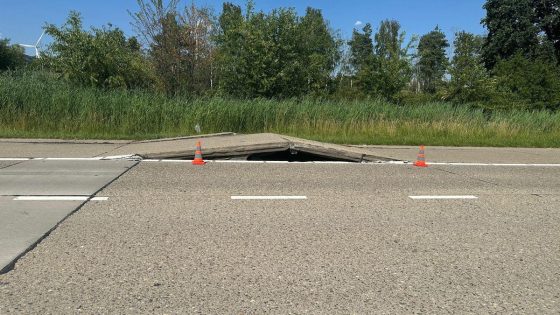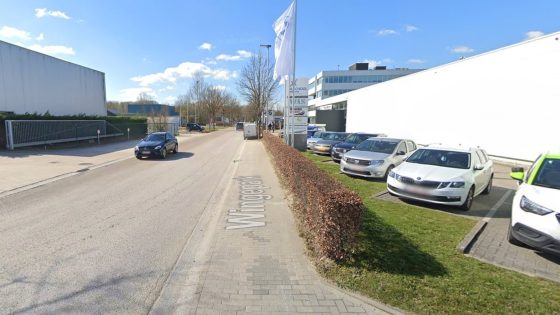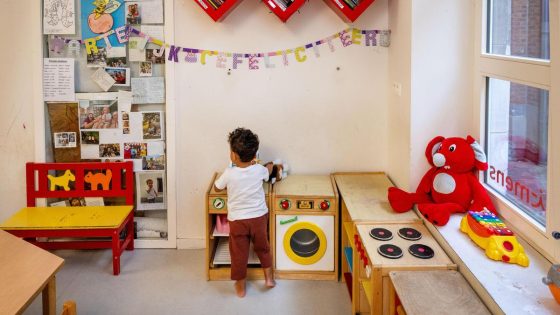The trend of students switching from university to hogeschool in Belgium has sparked much discussion recently. With the number of students making this move rising significantly, many are asking what drives this shift and what it means for higher education. As of 2025-08-05 20:44:00, reports highlight a notable increase in students leaving university programs without completing their bachelor’s degree to continue their studies at a hogeschool.
- Bachelor swap to hogeschool feels like step back
- Student transfers from university to hogeschool rise
- 8,807 students switched without diploma, 41% increase
- Calls urge improved study orientation support
- Factcheck disputes fivefold increase claim
- Media seeks experiences of transfer students
Is this change a step backward or a strategic move toward a more fulfilling career? Some students, like those featured in De Standaard, initially felt they were taking a step down but now find satisfaction in creative jobs after switching to a hogeschool. This shift raises important questions about the quality and orientation of university education in Belgium.
Understanding the reasons behind this trend is crucial for students and educators alike. So, what does the data really say about the rise in transfers, and how should Belgium’s education system respond?
Why are more Belgian students moving from universities to hogescholen? The increase suggests a need to rethink how students choose their paths and how universities support them. Key points include:
- The rise in transfers is significant but not a fivefold surge, as some headlines claim.
- Many students seek practical, creative, or applied learning environments offered by hogescholen.
- There is a growing demand for better study orientation and career advice early in higher education.
- Personal stories reveal that switching can lead to greater job satisfaction despite initial doubts.
As Belgium’s education landscape evolves, policymakers and institutions must enhance guidance services and adapt curricula to retain students and support their success. Are universities ready to meet these challenges, or will more students continue to seek alternatives? The conversation is just beginning.
































